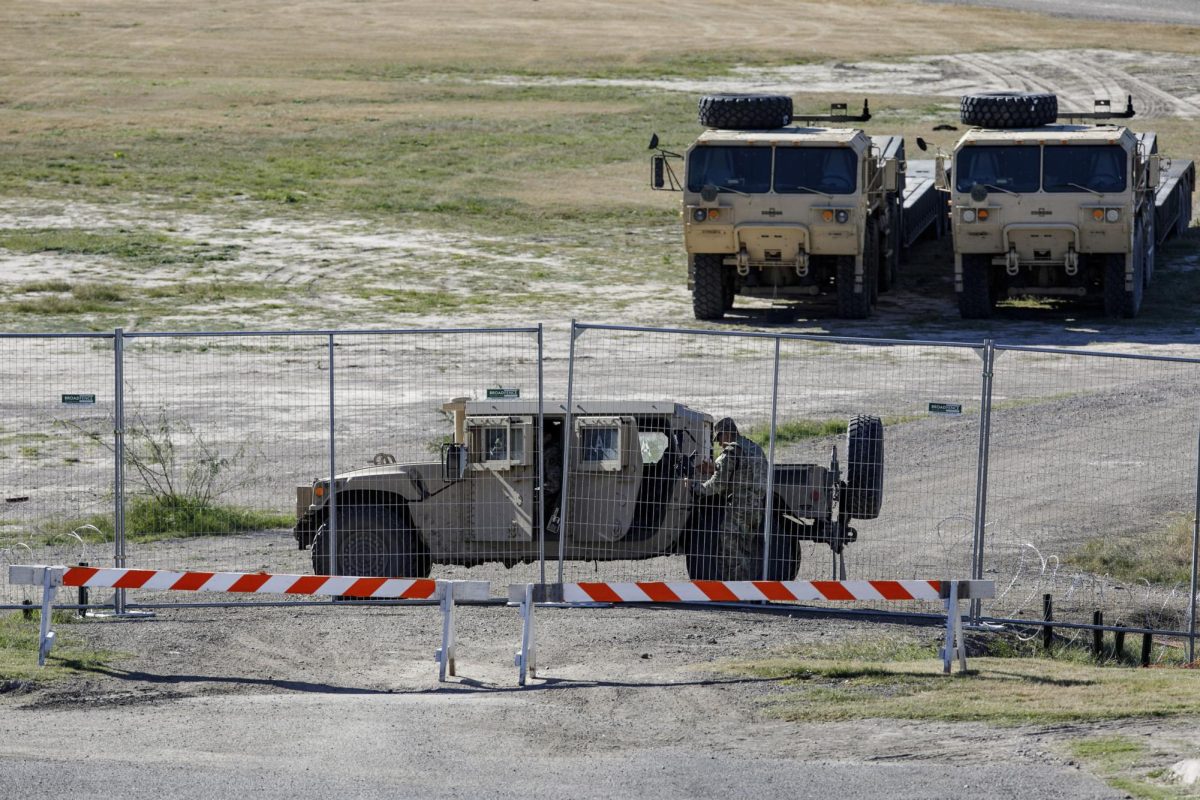As temperatures keep going up day after day, droughts have made a huge impact on Texas’s water sources, which have quickly depleted due to the harsh summer heat. A specific being of water that was hit was the Neches River which flows into the Gulf of Mexico. With the Neches’ lower water levels, came the discovery of a ship graveyard site.
On August 18, Texas Resident Bill Milner was taking a jet ski across the Neches River near Beaumont, Texas, when he stumbled upon the wreckage of five wooden boats, all measuring between 80 and 100 feet in length. Milner quickly began to document his findings, which he then proceeded to send to Susan Kilcrease of the small non-profit Ice House Museum.
Kilcrease, and the Ice House Museum, immediately took action to investigate this discovery. Kilcrease contacted the Texas Historical Commission (THC) to further investigate and preserve these historical artifacts. The THC released more information on this discovery. Amy Borgen, a marine archaeologist of The Texas Historical Commission identified the remains as World War 1 Emergency Fleet Ships on August 24.
Beaumont had previously served as a place for many shipbuilding facilities during World War 1, and was under the commission of the United States Shipping Board’s Emergency Fleet Corporation (EFC). The EFC was created about 10 days ( one and a half weeks) after the U.S. declared war on Germany, and its purpose was to develop and sustain merchant ships that would help move supplies and more during times of war.
During World War 1, there was a shortage of many supplies, including metals, and as such many emergency fleet ships were made of wood. However, once the war had come to a close, many ships that were no longer needed, and ones that were not sold for scraps, were abandoned where they had once been built. This would leave dozens of vessels sunken underwater in the Texas area, many of which have already been reported.
THC has gone to Facebook, explaining that due to surveys taken in the 2000s, the location of this graveyard was known, alongside about 40 other abandoned ships, as Texas East Rivers hold the largest collections of these sites.
They have advised not to disturb or go near these sites, in fear of further damage to these wooden structures, as well as laws that have been enacted to preserve historical markers and could lead to fines and fees if ignored.
“With vessels of this type, of this size, where there are so many of them, really the best approach for preservation is what we call in situ preservation: just leaving them in place and not disturbing them,” Borgen told Texas Standard. “Preservation of wooden hold vessels of that size is just almost cost prohibitive when you’re looking at a 280-foot-long, waterlogged wooden vessel,” she continued.
As of now, the THC is currently taking action to attempt to preserve and investigate this fleet for further study. However, this has proved to be a hassle, as for the many years these ships laid underwater, they have laid slanted, and any major movement could possibly leave destruction to the wooden structures. As well as nature doing what it does best with large trees’ roots being woven into the frames of one ship, and many other organisms, such as plants and animals inhabiting the hulls.
Although the unveiling of these ships has proven to be an arduous task to perform, if successfully ‘preserved’ this could mean so much for the further understanding of past events that occurred as well as being helpful in observing the effects time has on these historical artifacts.
For more information, go to
www.texasstandard.org/stories/neches-river-shipwreck-evadale-east-texas/, facebook.com/TexasHistoricalCommission/posts/627692189451736?ref=embed_post, or smithsonianmag.com/smart-news/drought-in-east-texas-reveals-world-war-i-shipwreck-180982807/.





